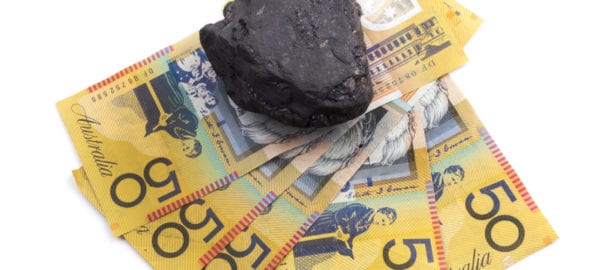Article by Henry Ballard courtesy of Australian Mining.

The Australian Government’s 2021-22 Budget has been fuelled by stronger commodity prices, which have enabled increased investment in the sector.
Budget documents have pointed to recent strength in commodity prices, especially iron ore, as important factors in the country’s improved terms of trade and growing GDP (gross domestic product into the next few years.
Chamber of Minerals and Energy (CME) of Western Australia chief executive Paul Everingham said the strength of commodity prices and the overall sector can be thanked for the country’s strong economic position on a global scale.
“I continue to be very proud of the way our sector has been able to keep operating safely and effectively through COVID-19 and the positive impact this has had on both the WA and Australian economies,” Everingham said.
“Federally, corporate taxes paid by CME member companies and the flow-on of some of the royalties paid to the WA government have helped fund vital support mechanisms such as JobKeeper and JobSeeker, and made a significant contribution to the country’s comparatively healthy economic position and outlook.”
The mining industry exceeded government expectations in its tax receipts, accounting for 30 per cent of company tax collections, which is forecast to reach $100.5 billion by 2024-25.
Deloitte Access Economics stated that the industry paid $39.9 billion in company tax and royalties in 2019-20, and $238.8 billion in the 10 years to 2019-20.
On top of this contribution, the resources sector represented a majority of the nation’s exports, said Deputy Prime Minister Michael McCormack in his budget overview statement.















